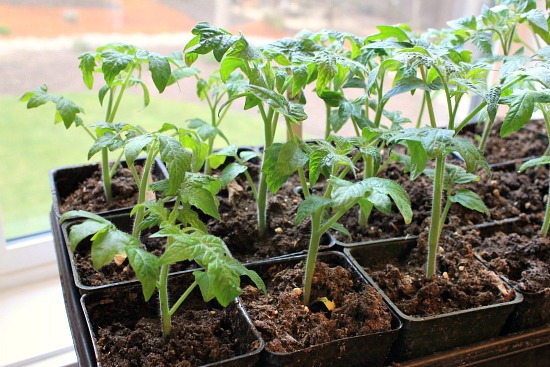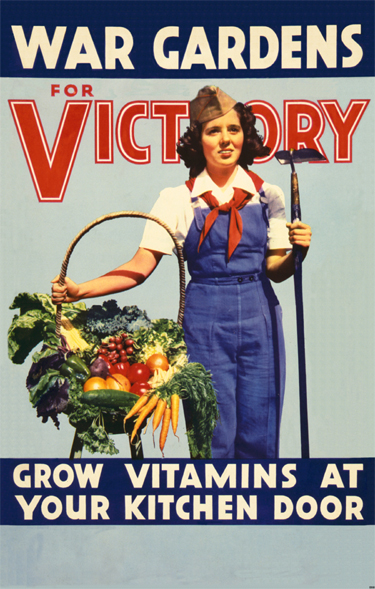The Victory Project...

 Today I was at Walmart buying a few more flowers for my garden..just a few..lol. Every time I go to a big box store around this time of year I'm always quite dismayed at the sight of hundreds maybe even thousands of plants being discarded, thrown in the trash when all they need is a little TLC. I have always found this disregard for plant life in general a bit unsettling. And yes.. many will say their just plants..so... whats the big deal?? This is my case.. First off to often it seems like many of these stores do not hire enough help to even keep the plants alive. I mean bare minimum.. just keep them watered. There isn't any pinching back, fertilizing..nothing to make a plant flourish..Every time I go to one of these stores there usually so dried out their crying, "Water Me Please"!!! The plants come off the truck and their then sat on the shelves.. they look good for a week or so..and then with the lack of care quickly deteriorate..these plants are then thrown in a bin..their fate..who knows?? Today I asked the man working there if I could purchase some of these neglected plants at half price. I mean most of them with a little attention, and some water would bounce right back. The answer was that the plants are sent back to the distributor and the store is then compensated for the plants they didn't sell?? Sounds like a sweet deal for these stores..they get plants..don't take care of them..they die..then they seemingly get part of their money back..HMMM. So whats the incentive to keep them alive, treat them well?? Not alot!! In years past I asked a store if I could have the plants they were throwing away and they said no..they were going back to the distributor..but what is the distributor going to do with half dead plants?? I'm sure they will be thrown away!! Kind of sad considering many of these plants could be saved, used to beautify Habitat for Humanity houses, or vegetables used to stock community Gardens. Last year I thought of what I consider a great community project. Maybe I should suggest this to my fellow Master Gardeners. I thought wouldn't it be great if communities got back to the whole idea of "Victory Gardens" I mean they seemed to work so well during the war. Or so I hear..I was not yet born..lol. A community victory garden could be used to feed the homeless in the area, or stock a soup kitchen or food pantry. Everyone is always saying the poor do not have access to healthy food because it's to expensive..it's much easier to eat off a fast food dollar menu.. And that is true...so why not try and do something to provide the fresh/nutritious food..with vegetable plants that are just going to be tossed in a trash can anyway?? Surely the distributors wouldn't object?? I can't think of one reason why they would object?? Maybe they could use it as a tax deduction?? This idea came to me last summer when I saw a whole garbage bin full of cucumber, squash, zucchini, and tomato plants being thrown out...and all they needed was some water...so maddening!! I was looking on the net to see if New Albany has a community garden..the answer to that question is kind of vague?? We may have one..I also found a website of a church in Ohio that had a similar idea as mine..they call it "The Village Coalition Against Hunger". I think they utilize volunteers and buy the plants, so this idea would be different in the fact that the plants would be plants that were saved, or about to be thrown away.. I thought a good name would simply be "The Victory Project" Below is a article on what victory gardens were...
Today I was at Walmart buying a few more flowers for my garden..just a few..lol. Every time I go to a big box store around this time of year I'm always quite dismayed at the sight of hundreds maybe even thousands of plants being discarded, thrown in the trash when all they need is a little TLC. I have always found this disregard for plant life in general a bit unsettling. And yes.. many will say their just plants..so... whats the big deal?? This is my case.. First off to often it seems like many of these stores do not hire enough help to even keep the plants alive. I mean bare minimum.. just keep them watered. There isn't any pinching back, fertilizing..nothing to make a plant flourish..Every time I go to one of these stores there usually so dried out their crying, "Water Me Please"!!! The plants come off the truck and their then sat on the shelves.. they look good for a week or so..and then with the lack of care quickly deteriorate..these plants are then thrown in a bin..their fate..who knows?? Today I asked the man working there if I could purchase some of these neglected plants at half price. I mean most of them with a little attention, and some water would bounce right back. The answer was that the plants are sent back to the distributor and the store is then compensated for the plants they didn't sell?? Sounds like a sweet deal for these stores..they get plants..don't take care of them..they die..then they seemingly get part of their money back..HMMM. So whats the incentive to keep them alive, treat them well?? Not alot!! In years past I asked a store if I could have the plants they were throwing away and they said no..they were going back to the distributor..but what is the distributor going to do with half dead plants?? I'm sure they will be thrown away!! Kind of sad considering many of these plants could be saved, used to beautify Habitat for Humanity houses, or vegetables used to stock community Gardens. Last year I thought of what I consider a great community project. Maybe I should suggest this to my fellow Master Gardeners. I thought wouldn't it be great if communities got back to the whole idea of "Victory Gardens" I mean they seemed to work so well during the war. Or so I hear..I was not yet born..lol. A community victory garden could be used to feed the homeless in the area, or stock a soup kitchen or food pantry. Everyone is always saying the poor do not have access to healthy food because it's to expensive..it's much easier to eat off a fast food dollar menu.. And that is true...so why not try and do something to provide the fresh/nutritious food..with vegetable plants that are just going to be tossed in a trash can anyway?? Surely the distributors wouldn't object?? I can't think of one reason why they would object?? Maybe they could use it as a tax deduction?? This idea came to me last summer when I saw a whole garbage bin full of cucumber, squash, zucchini, and tomato plants being thrown out...and all they needed was some water...so maddening!! I was looking on the net to see if New Albany has a community garden..the answer to that question is kind of vague?? We may have one..I also found a website of a church in Ohio that had a similar idea as mine..they call it "The Village Coalition Against Hunger". I think they utilize volunteers and buy the plants, so this idea would be different in the fact that the plants would be plants that were saved, or about to be thrown away.. I thought a good name would simply be "The Victory Project" Below is a article on what victory gardens were...Nearly 20 million Americans answered the call. They planted gardens in backyards, empty lots and even city rooftops. Neighbors pooled their resources, planted different kinds of foods and formed cooperatives, all in the name of patriotism.
Farm families, of course, had been planting gardens and preserving produce for generations. Now, their urban cousins got into the act. All in the name of patriotism.
 | ||
The result of victory gardening? The US Department of Agriculture estimates that more than 20 million victory gardens were planted. Fruit and vegetables harvested in these home and community plots was estimated to be 9-10 million tons, an amount equal to all commercial production of fresh vegetables. So, the program made a difference.
Kelly Holthus remembers that it was hard to find fresh produce, and it was a way for individuals to do their part on the home front. "It was a great moral thing," he says. "And for young people like me, it was, you know, I could do my part. I was a part of the effort!"
When World War II ended, so did the government promotion of victory gardens. Many people did not plant a garden in the spring of 1946, but agriculture had not yet geared up to full production for grocery stores, so the country experienced some food shortages.
Written by Claudia Reinhardt, the Ganzel Group.
Comments
Post a Comment